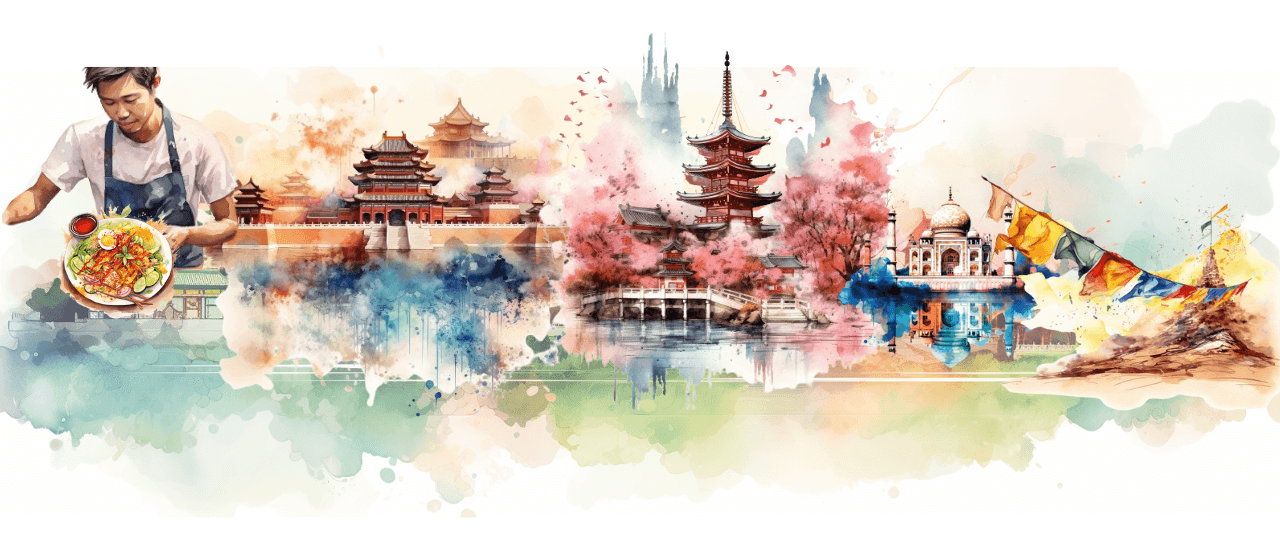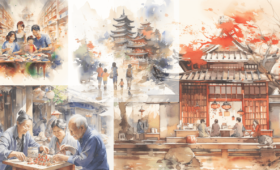Cultural immersion trips are experiences designed to deeply engage participants with their destinations’ cultures and daily lives. Unlike typical tourism, these trips foster a profound understanding and connection with the local community, customs, and way of life. Travelers often stay with host families, engage in local traditions, and partake in everyday activities, moving beyond the role of an observer to that of an active participant. This immersive approach allows travelers to gain a more authentic and meaningful understanding of the culture beyond what is typically experienced in conventional tourism. Such trips are often transformative, offering unique insights into the complexities and beauties of diverse lifestyles. Now, let’s explore what Cultural Immersion Trips are available in Asia.

The Great Wall of China
Popular Destinations for Cultural Immersion in Asia
Popular destinations for cultural immersion trips include East Asia’s historic and culturally rich regions, such as China, Japan, and South Korea, and the diverse and vibrant Southeast Asian countries, including Thailand, Vietnam, and Indonesia. Each destination offers unique opportunities to deeply engage with local traditions, lifestyles, and communities, providing travelers with cultural experiences.
What to visit in East Asia (China, Japan, South Korea)
China, a land of ancient wonders and modern marvels, offers a blend of history and cultural richness.
The Forbidden City and the Great Wall are must-visit historical landmarks in Beijing. Shanghai dazzles with its modern skyline and bustling markets, while Xian’s Terracotta Army provides a glimpse into the country’s ancient past.
Take advantage of the natural beauty of Guilin’s karst landscapes and the serene ambiance of Hangzhou’s West Lake.
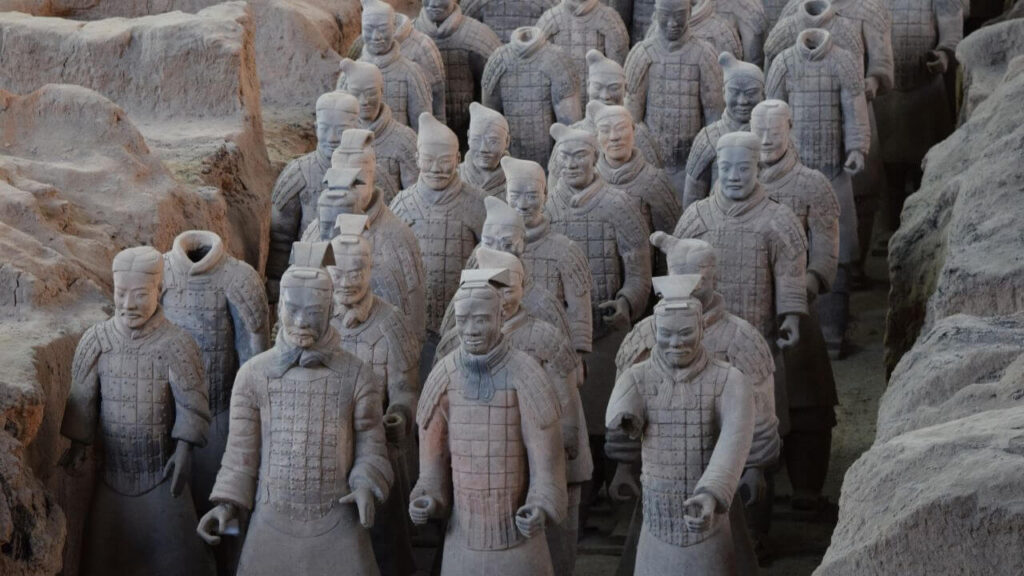
Xian’s Terracotta Army
Exploring local markets and trying traditional Chinese cuisines, like Peking duck and dim sum, are integral to the cultural experience.
Japan
Japan is a harmonious blend of old and new. Tokyo presents a futuristic cityscape, home to cutting-edge technology and bustling districts like Shibuya and Shinjuku.
The historic city of Kyoto, known for its classical Buddhist temples, Shinto shrines, and the iconic Arashiyama Bamboo Forest, starkly contrasts Tokyo’s modernity.
The tranquil beauty of cherry blossoms in spring, particularly in places like Ueno Park, is a sight. The Japanese tea ceremony, sumo wrestling, and the distinct flavors of sushi and ramen offer deep cultural immersion.
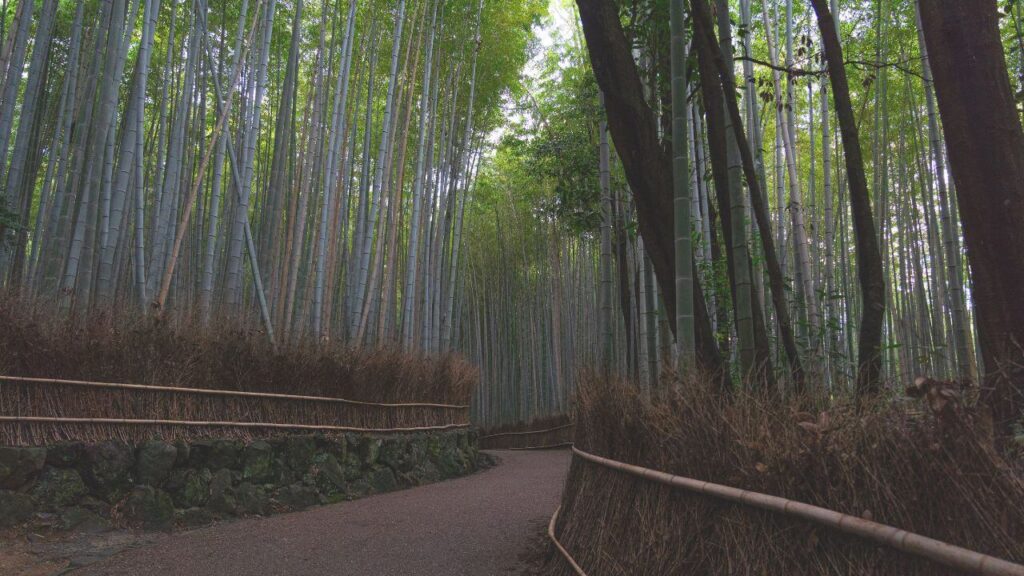
Arashiyama Bamboo Forest
South Korea
South Korea, a dynamic mix of traditional and modern, captivates travelers. Seoul, the capital, is famous for its vibrant street life, historic Gyeongbokgung Palace, and the bustling shopping district of Myeong-dong.
The serene countryside, notably in areas like Jeju Island, contrasts with the urban energy, offering peaceful landscapes and unique volcanic geological features.
Experiencing a traditional Korean spa (jjimjilbang) and savoring Korean cuisine, including kimchi and Korean barbecue, are essential for a complete cultural experience.
Each of these East Asian countries offers distinct cultural experiences, from ancient landmarks and traditions to modern urban exploration, making them ideal for travelers seeking a deep and diverse cultural immersion.
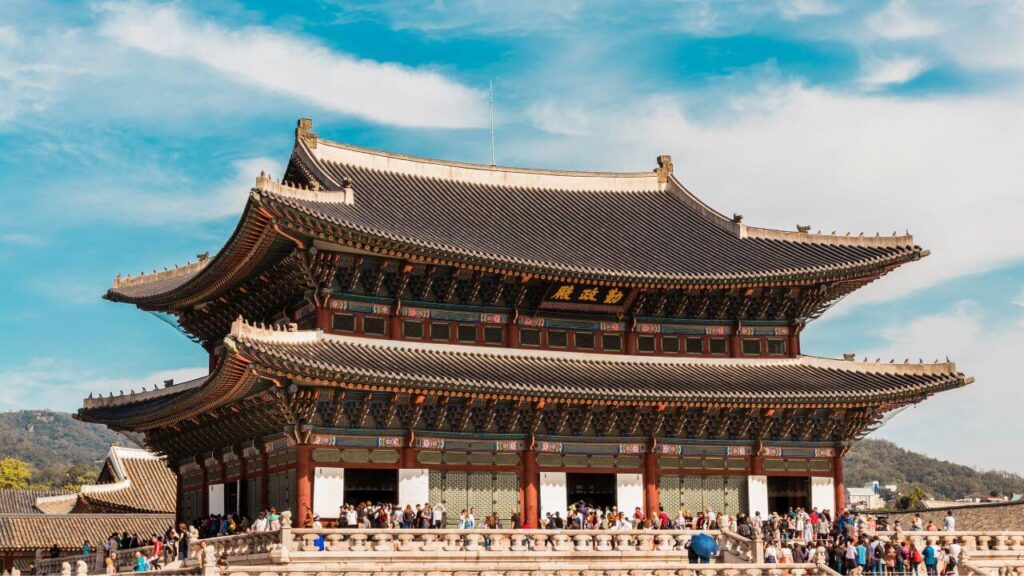
Gyeongbokgung Palace
What to see in Southeast Asia (Thailand, Vietnam, Indonesia)
Thailand
Thailand blends bustling cities, serene temples, and breathtaking natural landscapes. The Grand Palace and Wat Pho Temple showcase exquisite Thai architecture and history in Bangkok.
Chiang Mai in the north is renowned for its lush mountains and rich cultural heritage, including numerous traditional temples.
Oceans like Phuket and Koh Samui offer beach enthusiasts idyllic beaches and crystal-clear waters.
Thai cuisine, known for its flavors and variety, is an integral part of the cultural experience, with street food markets offering a taste of local life.
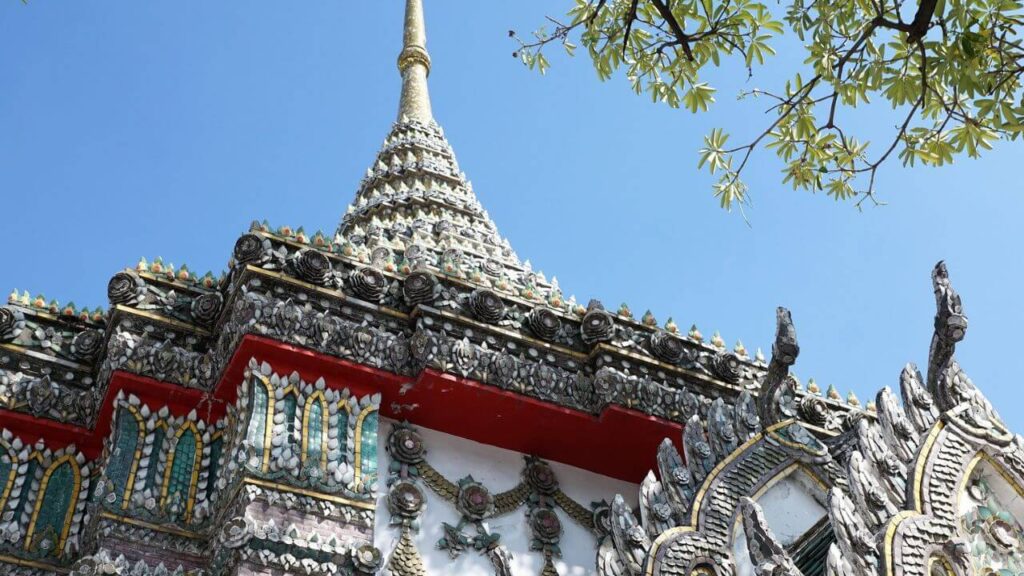
Wat Pho Temple
Vietnam
Vietnam is a country of stark natural beauty and compelling history. Hanoi, the capital, is known for its centuries-old architecture and a rich culture with Southeast Asian, Chinese, and French influences.
Ha Long Bay’s UNESCO World Heritage site, with its emerald waters and towering limestone islands, is a natural wonder not to be missed.
The ancient town of Hoi An, with its well-preserved historical buildings and vibrant night markets, offers a glimpse into Vietnam’s past.
The Vietnamese cuisine is a delight, with dishes like pho and banh mi being must-tries.
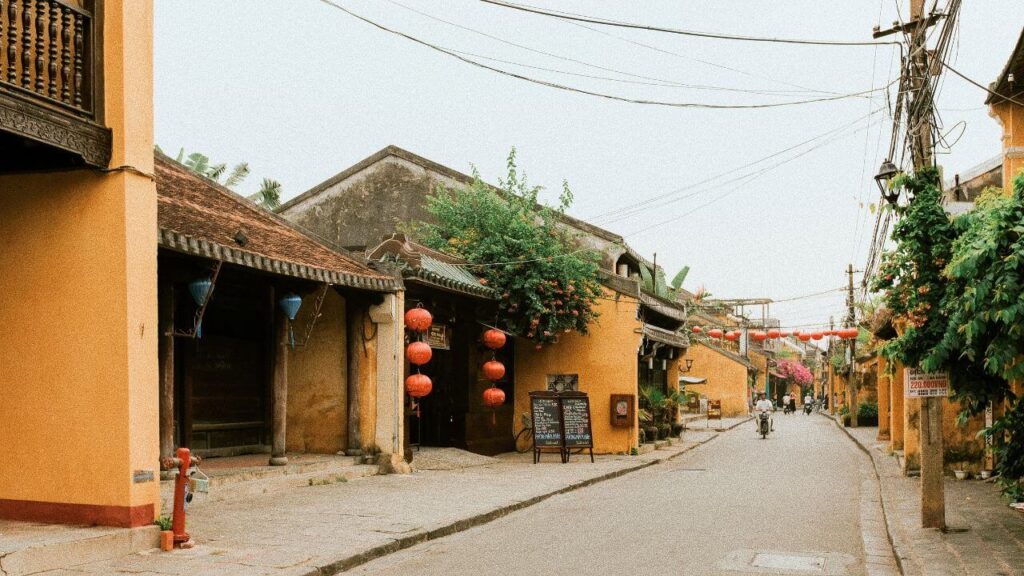
Hoi An
Indonesia
Indonesia, an archipelago of over 17,000 islands, boasts diverse landscapes and cultures. Bali, known for its forested volcanic mountains, iconic rice paddies, and coral reefs, is a top destination for cultural immersion and relaxation.
The island’s town of Ubud, with its traditional dance performances, craft markets, and the Sacred Monkey Forest Sanctuary, offers a unique cultural experience.
For those interested in history, the Borobudur Temple in Central Java and the Prambanan Temple in Yogyakarta are spectacular ancient sites.
Indonesian cuisine reflects the country’s vast cultural diversity with its rich flavors and diverse dishes like nasi goreng and satay.
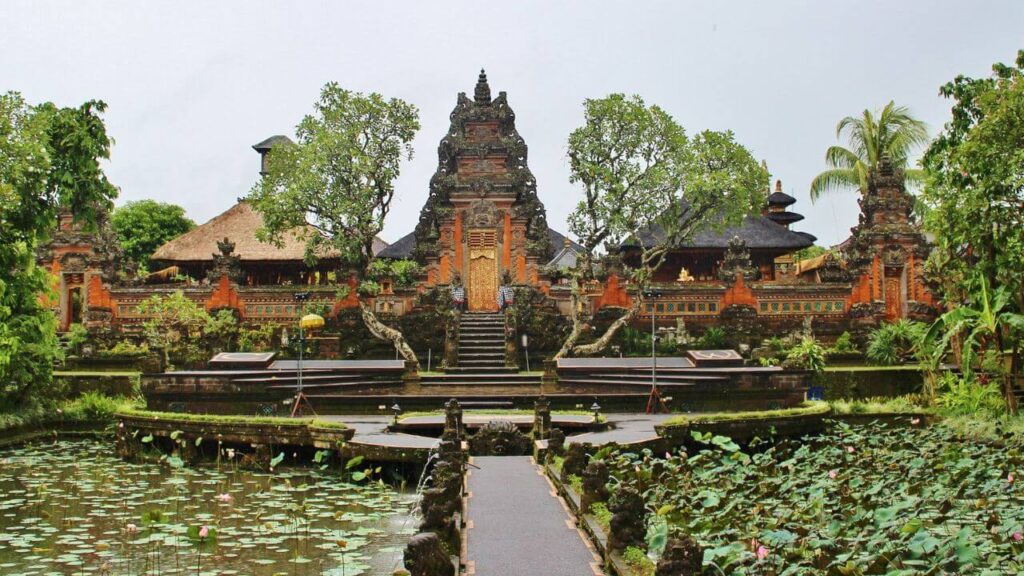
Ubud
Each Southeast Asian country offers its unique blend of cultural and historical experiences. Sites and natural beauty make the region a vibrant and exciting destination for travelers seeking an immersive cultural journey.
What to see in South Asia (India, Nepal, Sri Lanka)
India
India is a land of diverse cultures, religions, and landscapes. The iconic Taj Mahal in Agra, a symbol of love and a UNESCO World Heritage site, is a must-visit.
The bustling streets of Delhi offer a mix of historic sites like the Red Fort and modern Indian life. For a spiritual experience, Varanasi’s ghats along the Ganges river provide a unique insight into Hindu rituals. In the south, Kerala’s backwaters and the ancient temples of Tamil Nadu present a different aspect of India’s rich cultural tapestry.
Indian cuisine, known for its bold flavors and variety, is an adventure, from spicy street food to elaborate traditional local dishes.

temples of Tamil Nadu
Nepal
Nepal is a haven for nature lovers and adventurers. Kathmandu, the capital, is known for its historic temples and palaces, such as the Kathmandu Durbar Square and Swayambhunath Stupa.
The country is also a gateway to the Himalayas, with the Everest Base Camp trek being a popular choice for hikers.
The serene beauty of Pokhara, with its lakes and close-up views of the Annapurna range, offers a peaceful retreat. Experiencing the warmth of Nepalese hospitality and trying traditional dishes like dal bhat (rice and lentils) and momo (dumplings) enhance the cultural journey.
Sri Lanka
Sri Lanka, often called the Pearl of the Indian Ocean, is known for its rich biodiversity and cultural heritage.
The ancient city of Sigiriya, with its rock fortress and frescoes, is a testament to the island’s storied past.
The sacred city of Kandy, home to the Temple of the Tooth Relic, is a significant Buddhist site. For beach lovers, the southern coast offers stunning beaches like Mirissa and Unawatuna.
With its unique flavors and dishes such as hoppers and kottu roti, Sri Lankan cuisine is a delight for food enthusiasts.
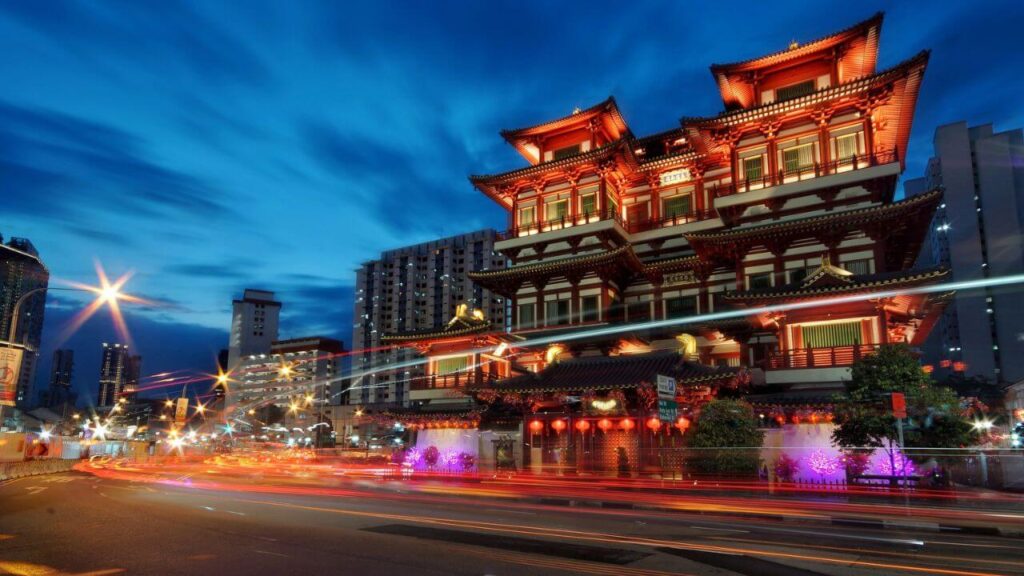
Temple of the Tooth Relic
Each country in South Asia offers a unique blend of historical, cultural, and natural attractions, from the architectural wonders and bustling cities of India to the serene landscapes and rich traditions of Nepal and Sri Lanka, making it a region rich in travel experiences.
Activities and Experiences
Cultural Workshops
Cooking: Learn to prepare authentic dishes in Thailand or Vietnam, where cooking classes often include market visits to choose fresh ingredients.
Arts: Participate in traditional Japanese calligraphy or pottery workshops or explore batik making in Indonesia.
Martial Arts: In China, engage in Tai Chi or Kung Fu sessions or practice Taekwondo in South Korea, offering both physical exercise and cultural insight.

Tai Chi
Community Service and Volunteering
India: Engage in community development projects in rural villages, focusing on education or health.
Nepal: Participate in environmental conservation efforts or aid in rebuilding communities, especially in areas affected by natural disasters.
Indonesia: Get involved in marine conservation projects in Bali or Sumatra, helping to preserve delicate ecosystems.
Historical and Cultural Site Visits
China: Explore the Great Wall, the Forbidden City, and ancient temples.
Japan: Visit historic Kyoto, with its temples and traditional tea houses, or the Hiroshima Peace Memorial Park.
Sri Lanka: Discover the ancient ruins of Anuradhapura and Polonnaruwa and the historic Galle Fort.
These activities not only provide a deeper understanding of the local culture and history but also allow for meaningful interactions with the community, enriching the overall travel experience.
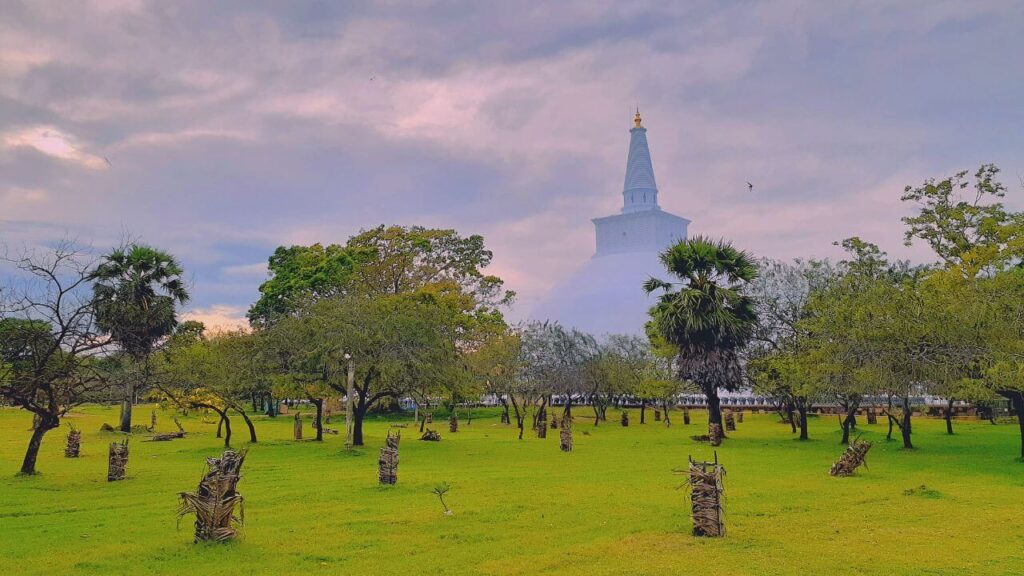
Anuradhapura
Objectives of Cultural Immersion Trips
The primary objectives of cultural immersion trips in Asia are to provide travelers with authentic, enriching experiences that deepen their understanding and appreciation of Asian cultures. These trips aim to facilitate personal growth, enhance global awareness, and foster a sense of respect and empathy towards the diverse traditions, lifestyles, and perspectives found across the continent.
Educational Goals
Cultural immersion trips are designed to provide an in-depth learning experience beyond what is typically offered in a classroom setting. Travelers learn firsthand about a country’s history, language, customs, and traditions. This real-world learning extends to understanding the socio-economic and political contexts of the region, offering a more nuanced perspective of the world.
Personal Growth and Development
Engaging with different cultures fosters adaptability, open-mindedness, and resilience. Travelers often step out of their comfort zones, leading to significant personal development. These experiences enhance skills like communication, problem-solving, and empathy, which are invaluable in both personal and professional life.
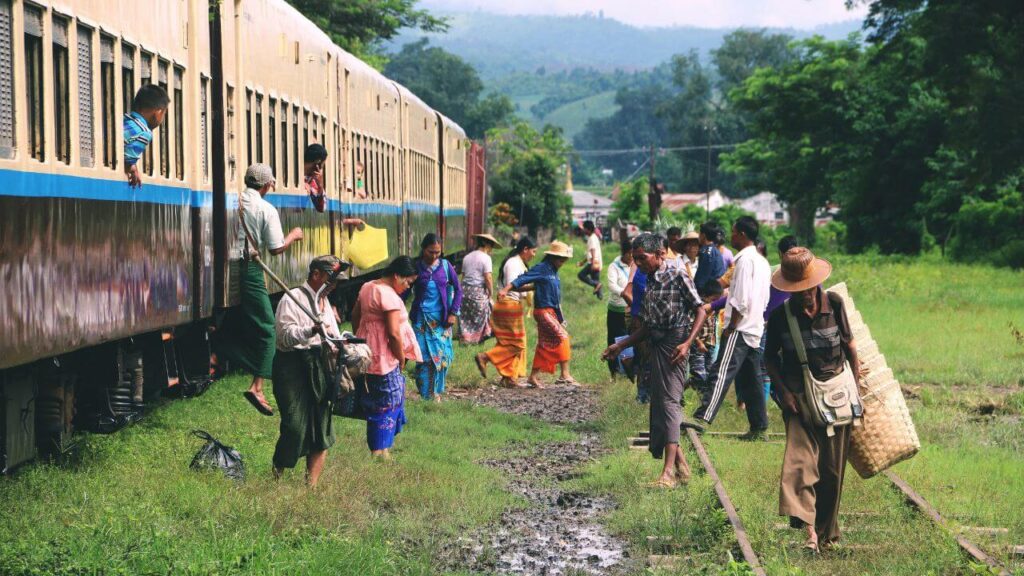
Hsipaw, Myanmar (Burma)
Fostering Global Understanding and Respect
Travelers develop a deeper respect and appreciation for global diversity by immersing themselves in diverse cultures. Such trips promote cross-cultural understanding, breaking down stereotypes and preconceptions. This fosters a sense of global citizenship and interconnectedness, encouraging a more tolerant and inclusive perspective towards different cultures and people.
Overall, cultural immersion trips are about seeing new places and experiencing the world more profoundly and transformatively, leading to educational enrichment, personal growth, and a heightened sense of global awareness.
Key Components of Cultural Immersion Trips
The key components of cultural immersion trips involve homestays with local families, language learning opportunities, and active participation in local customs and traditions. These elements are crucial in providing travelers with a genuine and in-depth experience of the local culture, fostering meaningful interactions and a deeper understanding of the community they visit.
Homestays and Living with Local Families
Homestays are a cornerstone of cultural immersion, offering an authentic glimpse into daily life in a foreign country.
Living with local families allows travelers to experience the culture from an insider’s perspective, from customary eating habits to family dynamics.

homestay experiences in Vietnam
Destinations like Japan, India, and Vietnam are popular for homestay experiences, where guests often become part of the family, joining in local festivals and daily routines.
Language Learning Opportunities
Immersion trips often provide opportunities for language learning, an essential aspect of understanding and connecting with a culture.
Even basic language skills can significantly enhance the travel experience, enabling deeper interactions with locals.
In countries like China and South Korea, language classes can be combined with cultural activities, making learning both fun and practical.
Participation in Local Customs and Traditions
Participating in local customs and traditions is a vital component of immersion trips, offering a hands-on experience of the cultural heritage.
Activities can include traditional ceremonies in Bali, lantern festivals in Thailand, or tea ceremonies in Japan.
These experiences foster respect and appreciation for the culture, providing unique insights beyond typical tourist activities.

lantern festivals in Thailand
Each component is crucial in crafting a meaningful and authentic cultural immersion experience, allowing travelers to connect deeply with the places they visit and the people they meet.
Benefits of Cultural Immersion Trips
The benefits of cultural immersion trips in Asia include a profound understanding of diverse cultures and traditions, personal development through unique experiences, and an enhanced global perspective. These trips allow travelers to gain insights into the rich tapestry of Asian societies, fostering empathy and respect for different ways of life while contributing to their own personal growth and global awareness.
Enhanced Cultural Understanding and Sensitivity
- Travelers gain a profound appreciation of different cultures, traditions, and perspectives, which fosters greater empathy and cultural sensitivity.
- Engaging with diverse communities helps break down stereotypes and misconceptions, leading to a more nuanced understanding of the world.
Personal Growth and Skill Development
- Cultural immersion trips often push individuals out of their comfort zones, enhancing adaptability, problem-solving skills, and resilience.
- Experiences such as navigating language barriers and adapting to new customs cultivate patience, communication skills, and self-confidence.
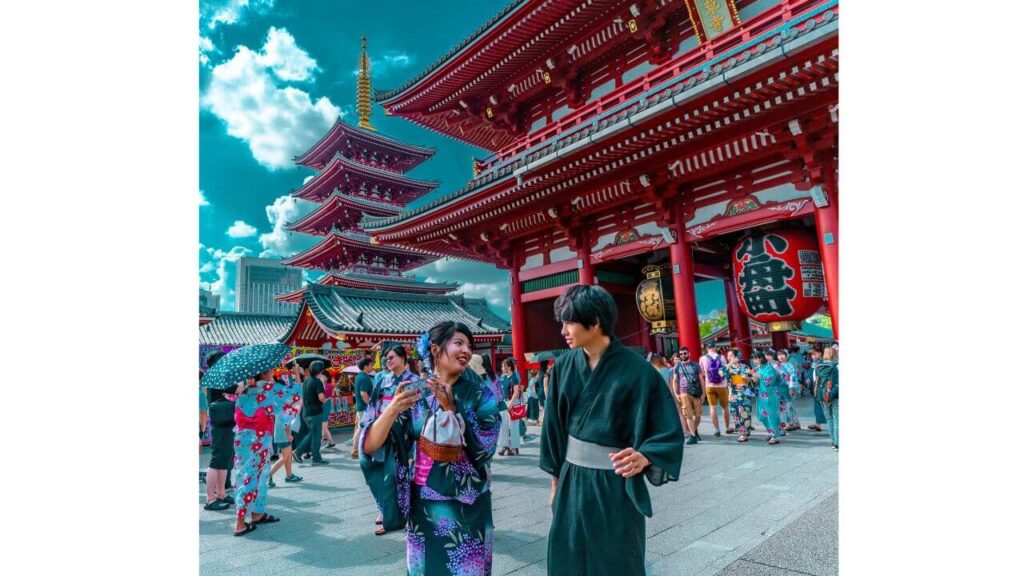
Asakusa, Tokyo
Deep and Authentic Experiences
- Immersion allows travelers to experience destinations beyond the surface level, leading to more authentic and memorable experiences.
- From participating in local festivals to sharing meals with host families, these experiences create lasting connections and stories.
Global Networking and Friendships
- These trips provide opportunities to build international friendships and networks, which can benefit personally and professionally.
- Engaging with people from various backgrounds encourages a global mindset, essential in today’s interconnected world.
Overall, cultural immersion trips offer far more than sightseeing; they provide a platform for profound personal growth, cultural understanding, and the development of a global perspective, enriching the traveler’s life in lasting ways.
Cultural immersion trips in Asia offer an unparalleled opportunity to deeply engage with this vast continent’s rich and diverse cultures. These trips are transformative journeys that broaden horizons and foster a deeper understanding and appreciation of Asia’s varied traditions and lifestyles. By participating in these immersive experiences, travelers can connect with local communities meaningfully, leading to personal growth and enhanced global awareness. Whether living with a local family, learning a new language, or participating in age-old customs, cultural immersion trips in Asia are a gateway to discovering the true essence of this dynamic and culturally rich region.

